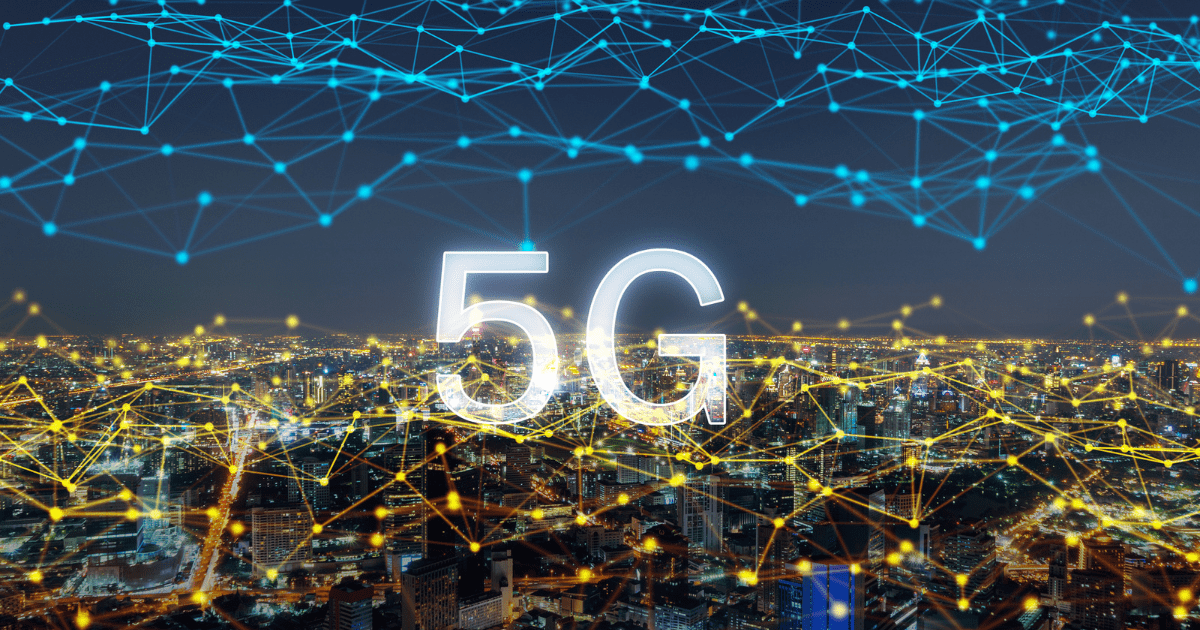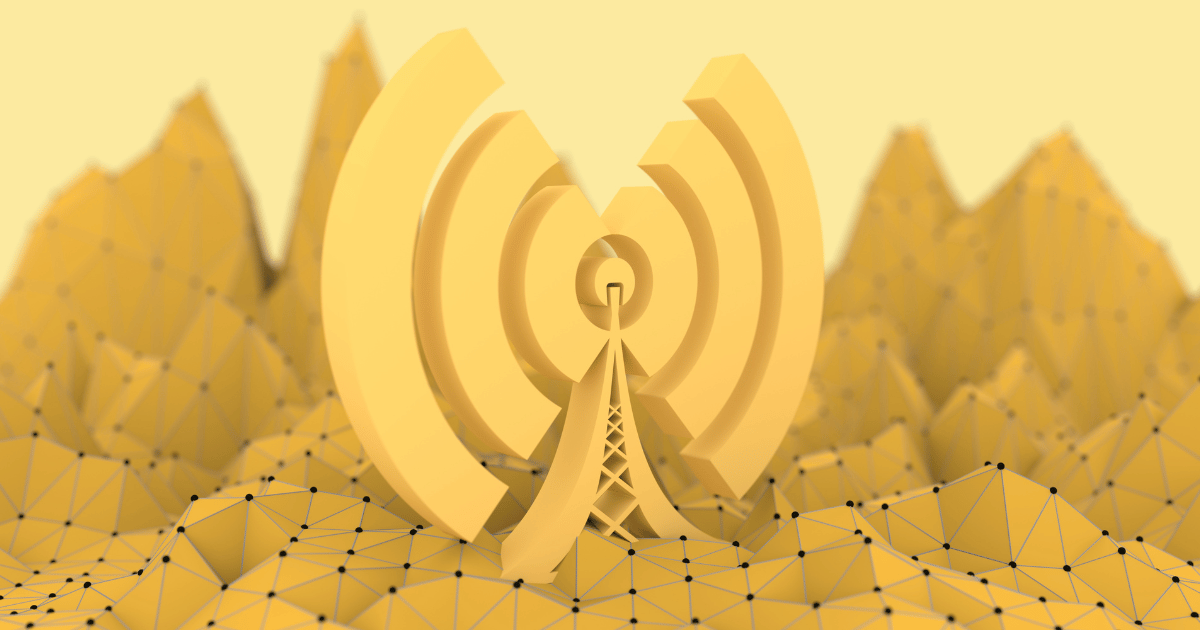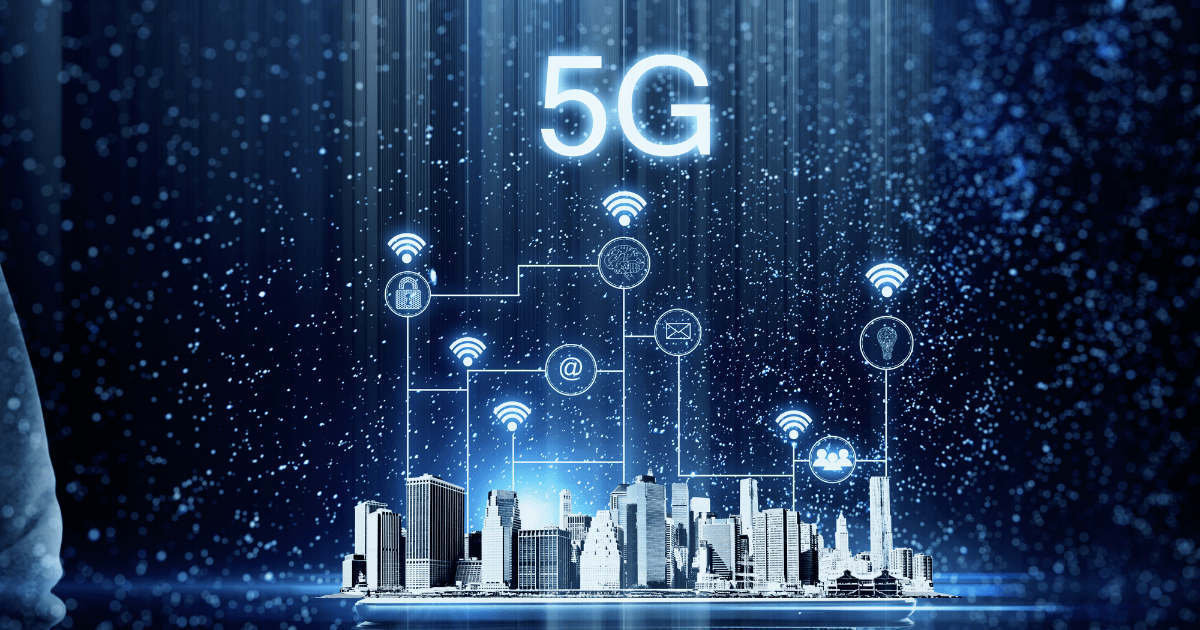How 5G Network Architecture Necessities Will Impact Local Networks

The implementation of 5G network architecture is growing and will greatly change the already existing cable networks. A technology that will demand from local networks a higher response capacity for broadband than other types of networks, such as 4G.
How does 5G Network Architecture works?
The 5G Network Architecture, with such capacity to deliver larger broadband, therefore a faster response, is able to support dynamic and advanced technologies and applications.
Designing a 5G network is not easy. You have to find a compromise between the speed and amount of data, and the distance you have to travel. That is, 5G uses frequencies below 1GHz in areas where it has to travel long distances and frequencies above 24GHz (millimeter Waves or mmWaves) in places where it has to provide large bandwidth. The lower the signal frequency, the more distance we can cover and the less impact we have from physical obstacles, but on the other hand, the higher the frequency, the more data we can transfer.
Overall, what makes this architecture difficult is the trade-off between the distance we want to cover and the speed of communication.
The 5G network architecture is divided into 3 major areas:
- Low band 5G, that operates in frequencies below 2Ghz. It covers a larger area but with lower communication speed. Very similar to the current 4G. It will cover rural areas.
- Mid band 5G, that uses frequencies between 2 and 6Ghz. As it allows a greater number of uses and greater bandwidth, it will cover urban areas. It allows shorter distances, as it is more sensitive to physical obstacles.
- High Band 5G, which utilizes frequencies above 24Ghz. It allows for more users and bandwidth. On the downside, it works with even shorter distances and less capacity to pass through obstacles. Ideal for open spaces with many users.
The Impact on Local Networks
This new architecture, due to the different capacity it requires, will pose for changes and definitely create an impact on LAN networks.
5G Networks can provide up to 20Gb/s, a speed that actual Local area networks, such as copper ones, can’t reach.
Most LAN installations are in Category 6, which supports up to 1Gb/s. Some networks already in Category 6A or 7, support 10Gb/s and there are very few above that.
The difficulties of installation, the cost of materials, and the testing of higher copper pair category networks make these very expensive and difficult to implement. For example, Alien Crosstalk testing is impossible to do in the field.
For this problem, fiber optic local area network will be the obvious solution to this problem. Whether it is a point-to-point optical network, or using GPON technology (FiberLAN), local area networks will migrate to fiber to the workplace or Fiber to the Desk.
This is only considering the equipment that already uses ethernet. If you add everything that's going to be connected in an IoT system, in a smart space, whether it's a private office or home, the need for a network capable of supporting speeds compatible with 5G is going to be mandatory.
A profound shift in local networks to completely fiber-optic installations is essential in the near future.
The Impact on Operators
A second aspect is how 5G will affect the operators' network in reaching the end customer, or put another way, will 5G replace the fiber-to-the-home distribution network?
5G will take up a part of the broadband market that was, until today, fixed network. Especially in places where cable is difficult to reach and the costs of deploying that cable are very high. In these cases, the use of 5G as a replacement can be advantageous.
Where fiber already exists, or where fiber is relatively close by, or in densely populated areas, this trade-off does not make sense.
Plus, 5G itself needs a lot of fiber to work. Each antenna has to be connected, and that is only possible with fiber optics. The number of antennas will increase 5 to 10 times in relation to the current 4G ones. In many cases we will have antennas with intervals of 200 meters, so the need for fiber will also increase in the same proportion.
In some locations further away from the cable networks already installed, we can migrate from a fiber-to-the-home (FTTH) network to a fiber-to-the-antenna (FTTA) network. And from that antenna we can feed the homes that were not feasible before.
In areas of higher population density or where cable is already installed cable is still the best option.


